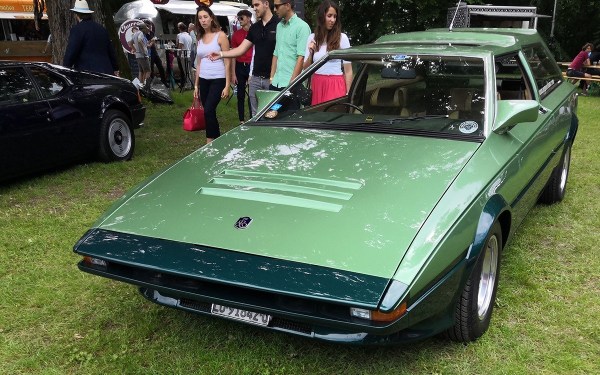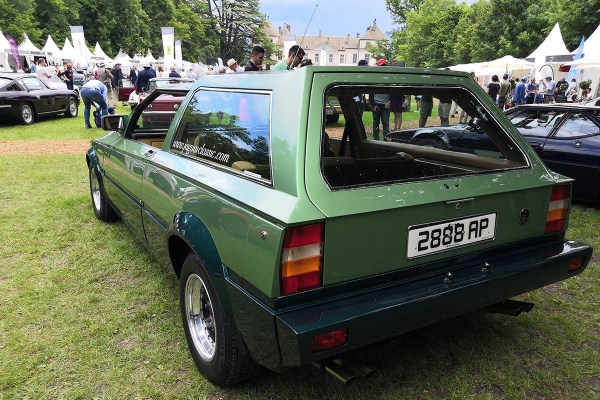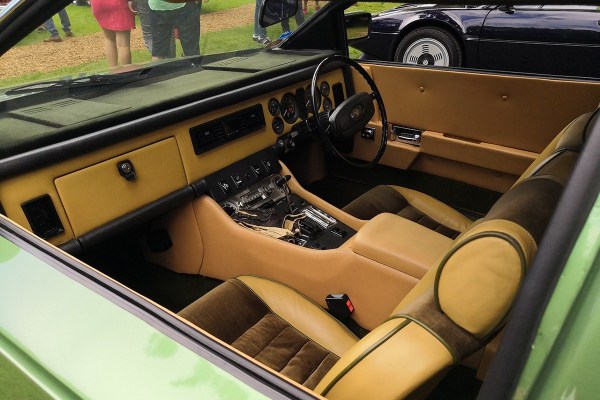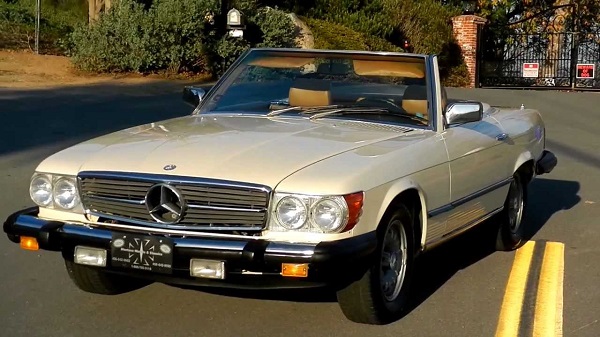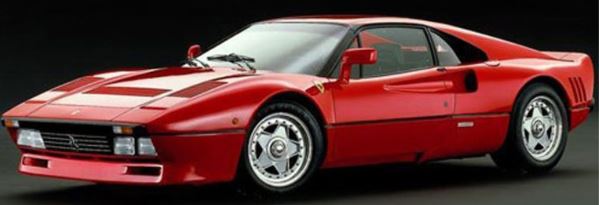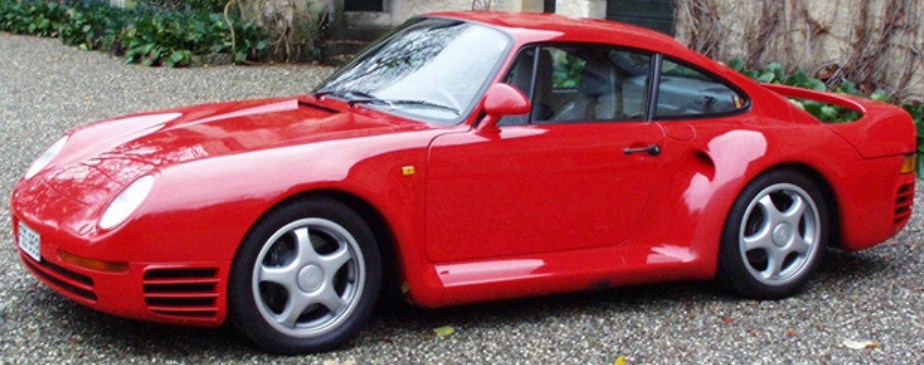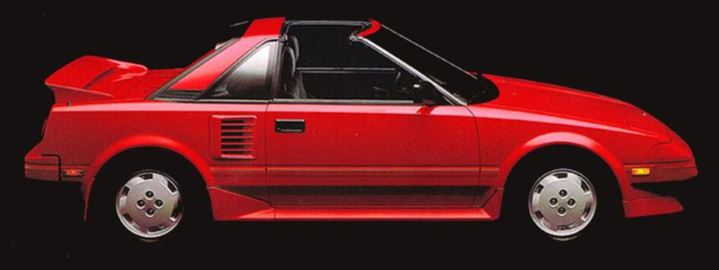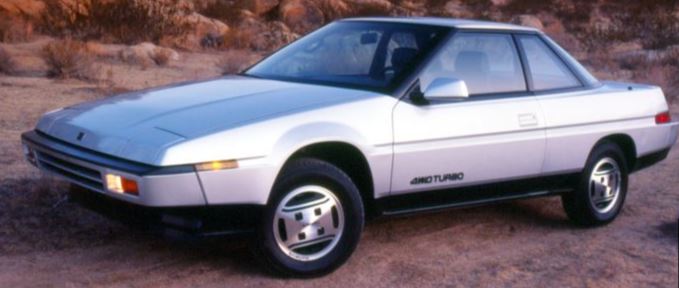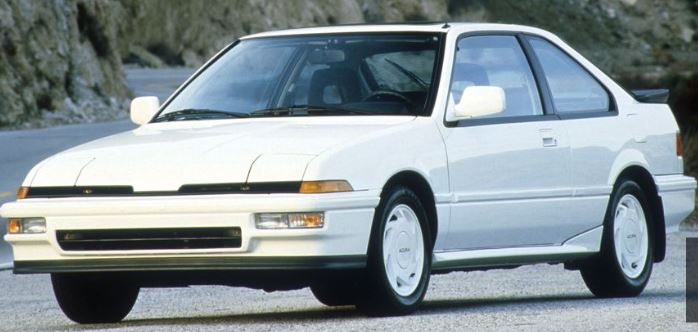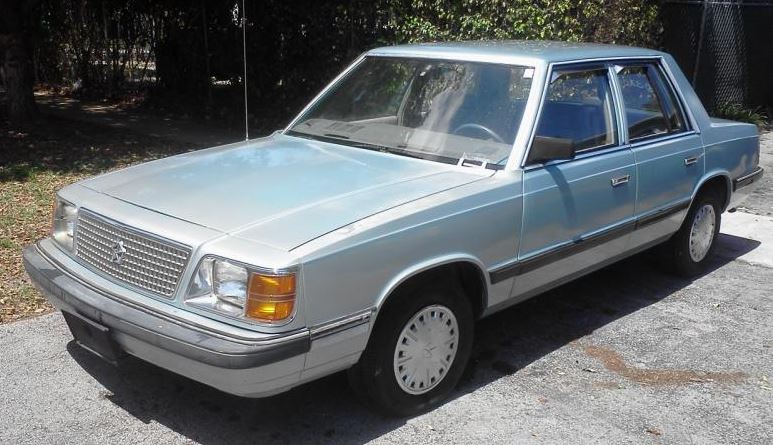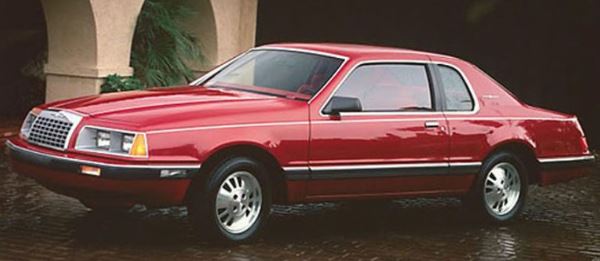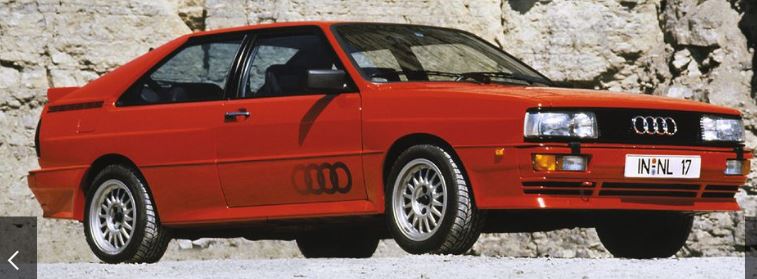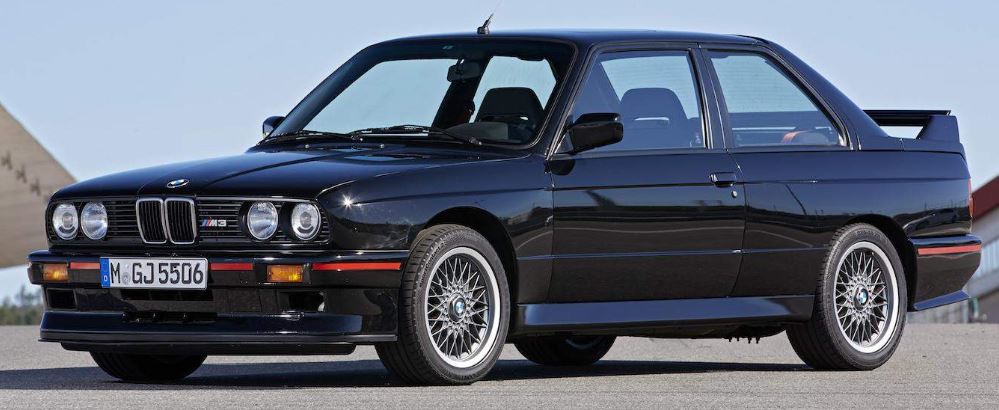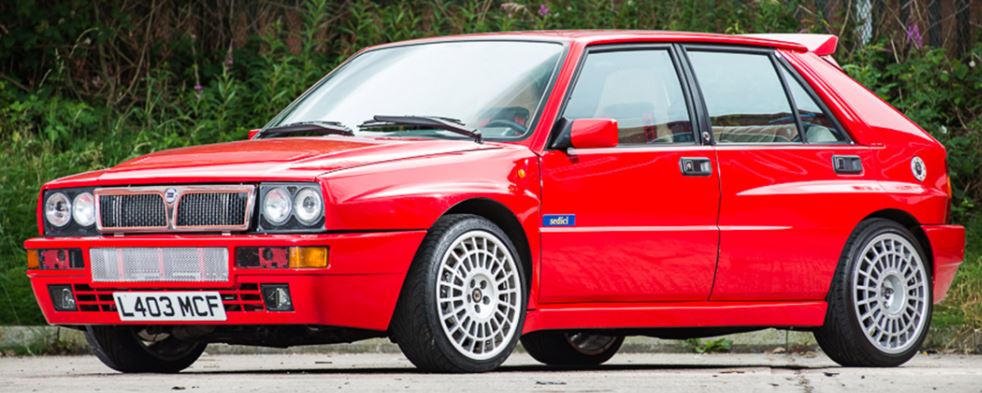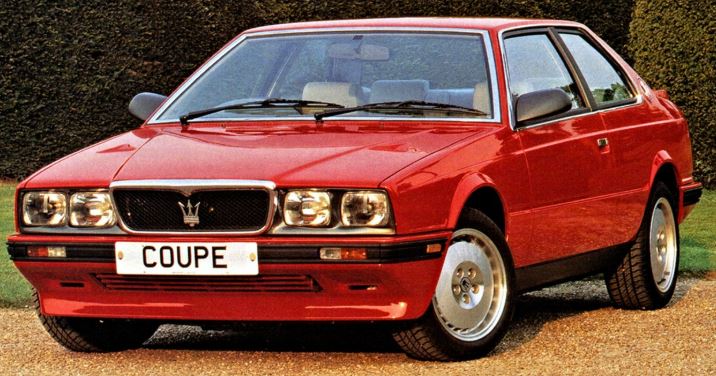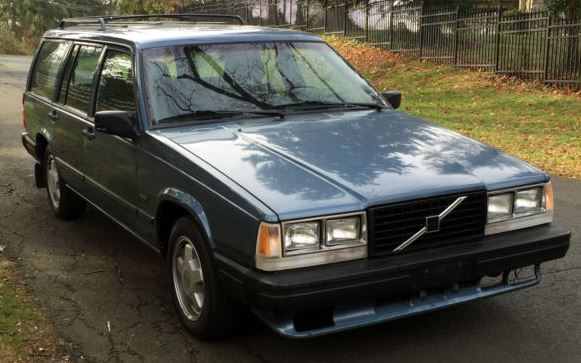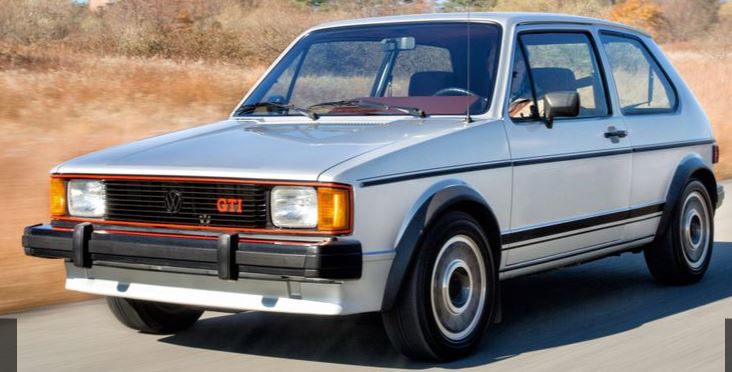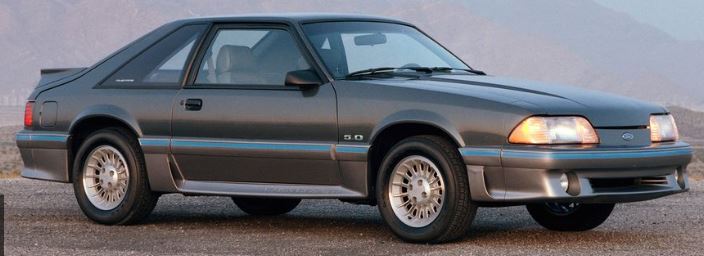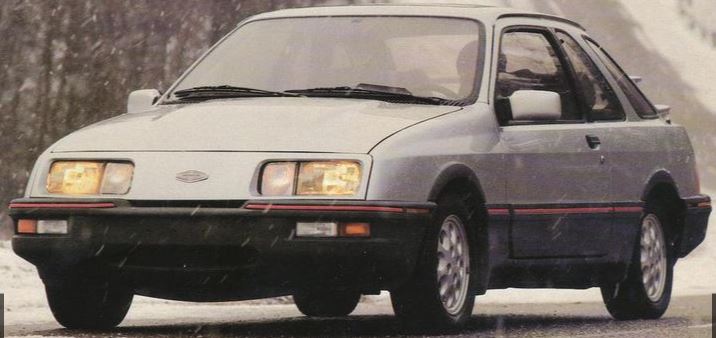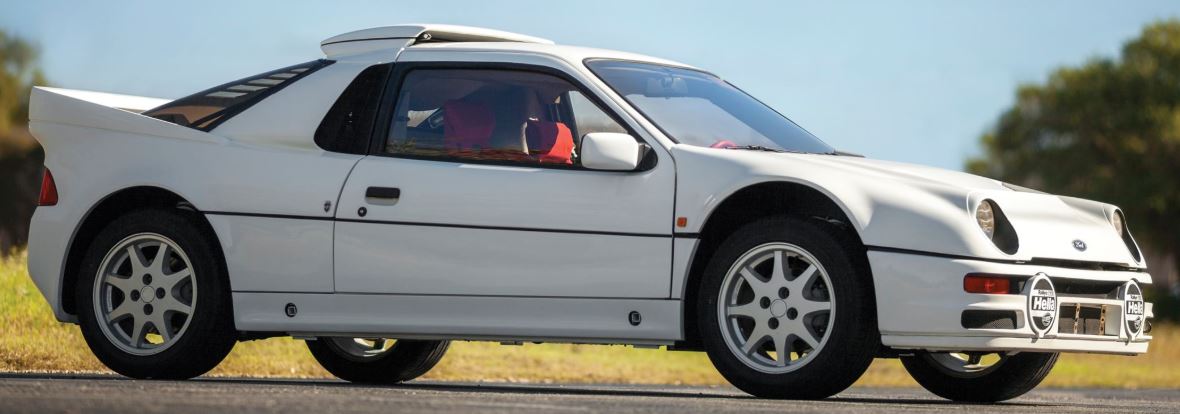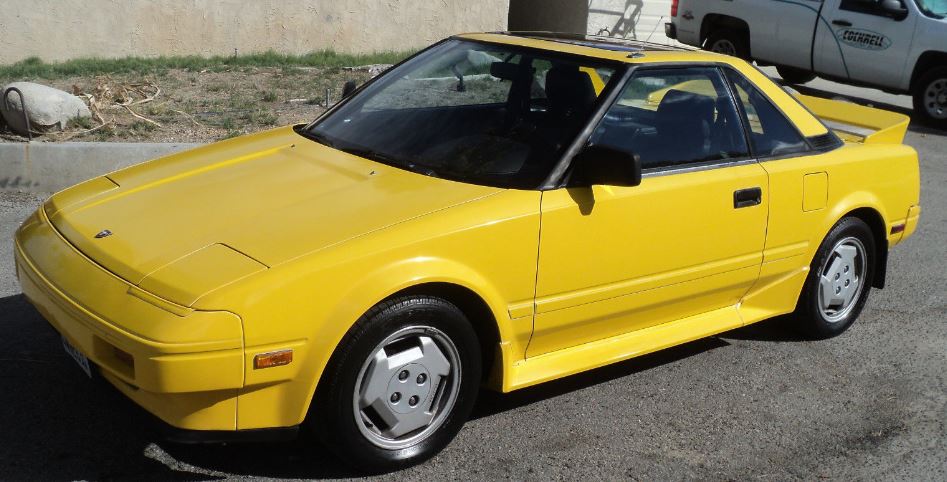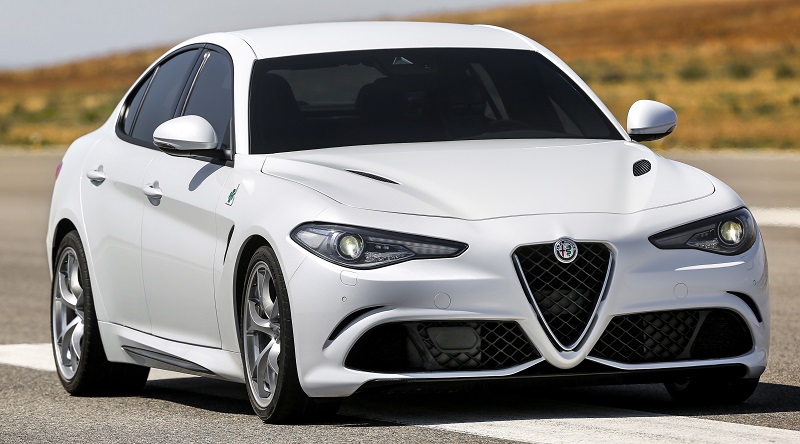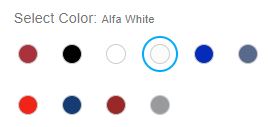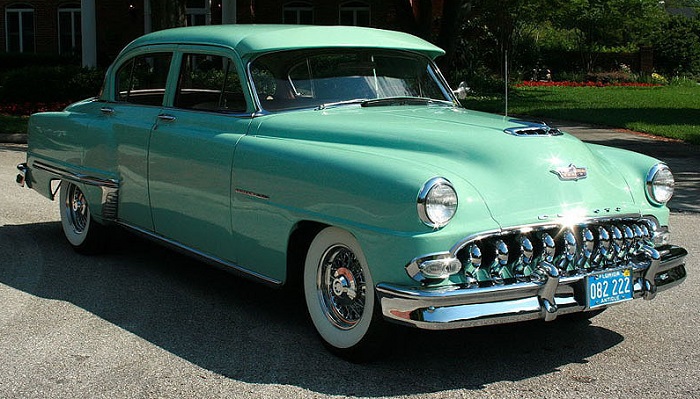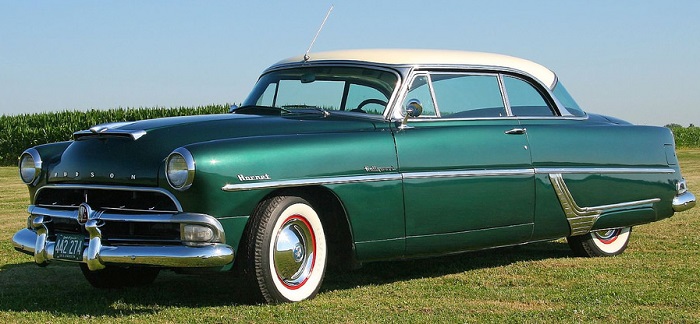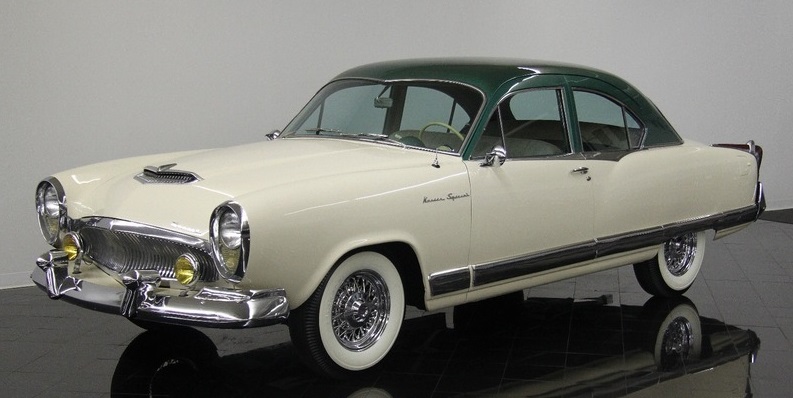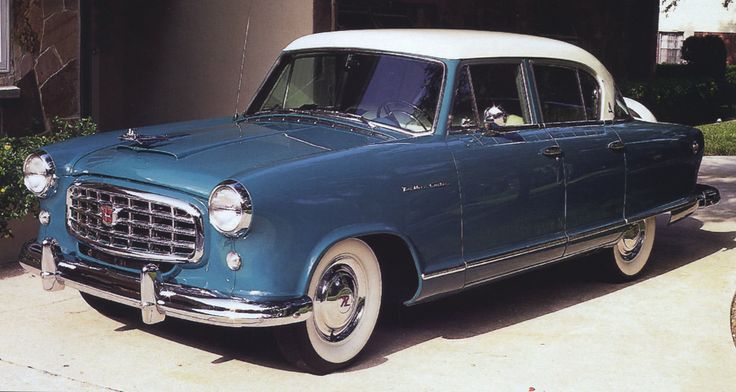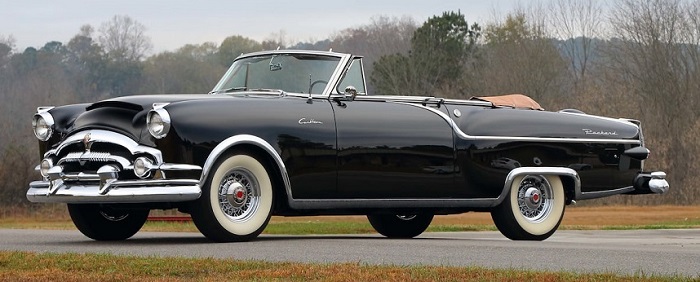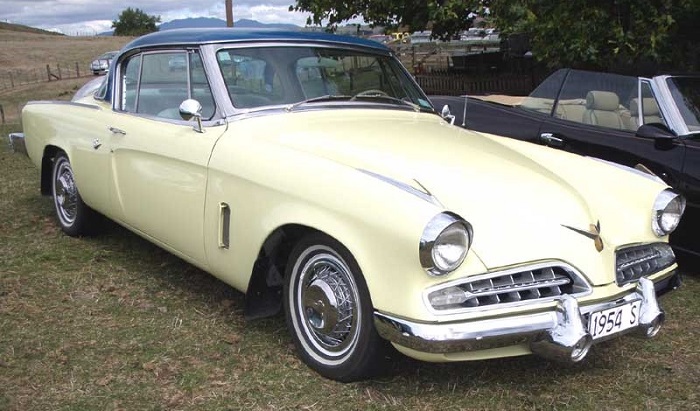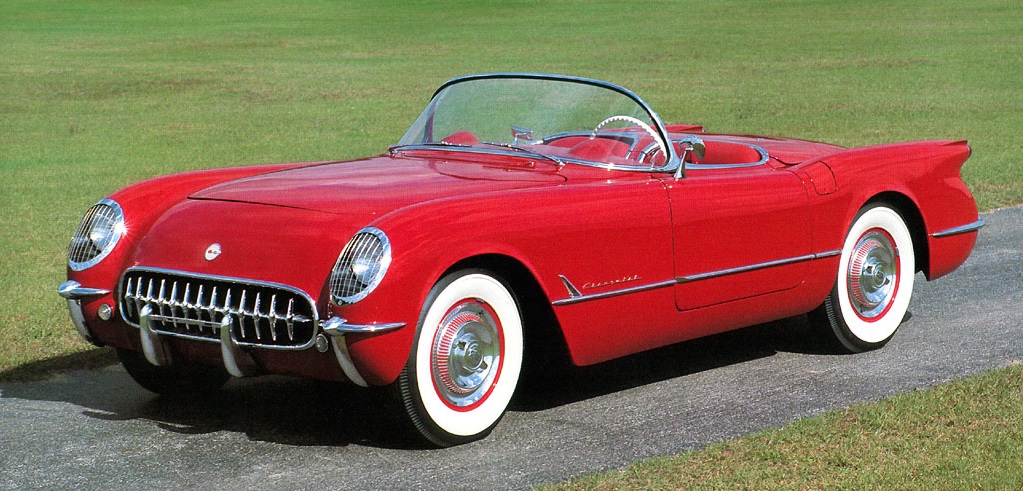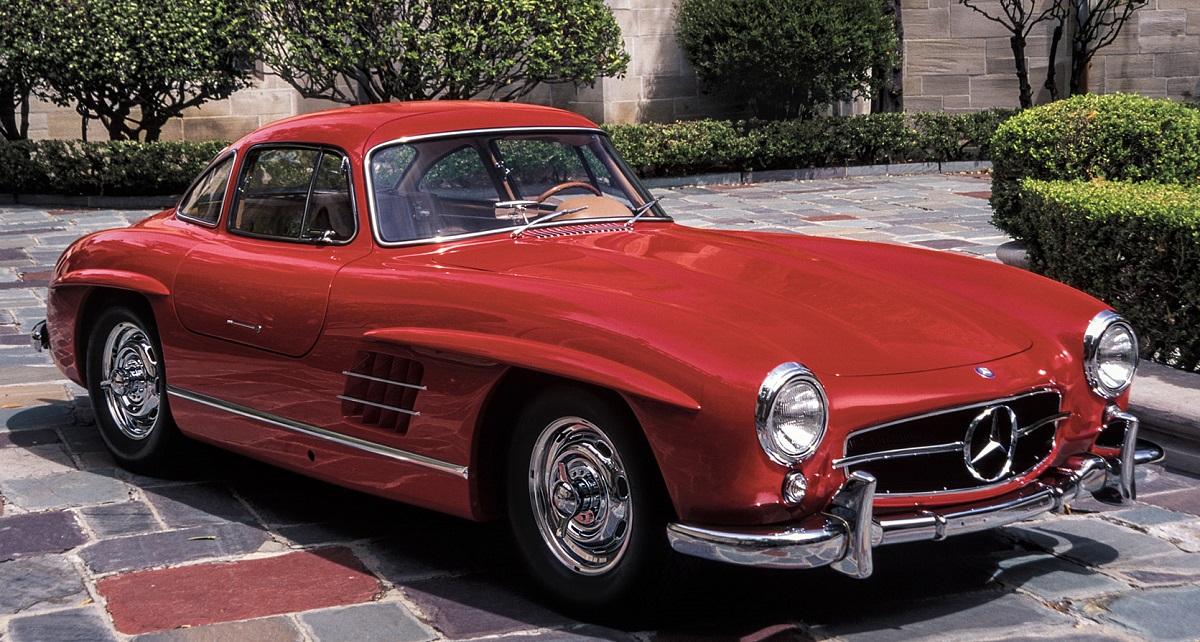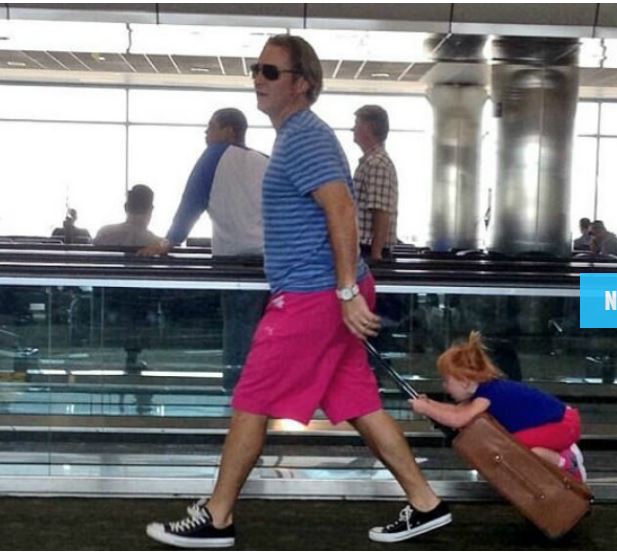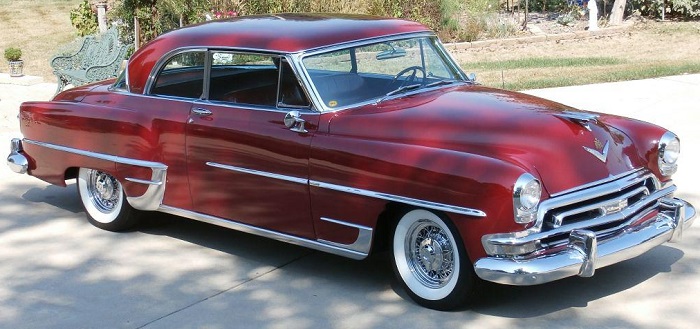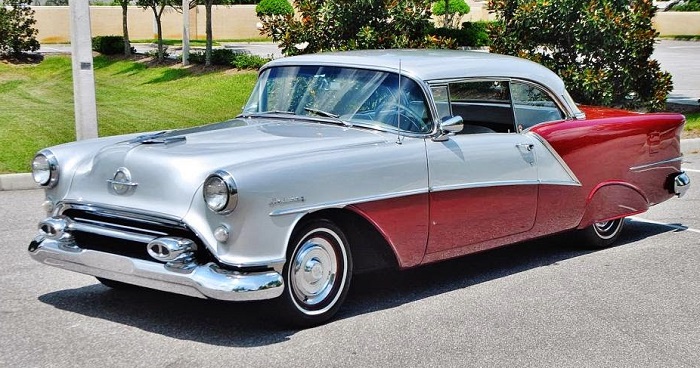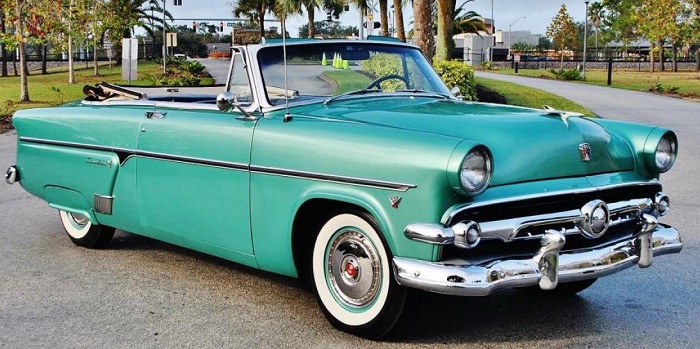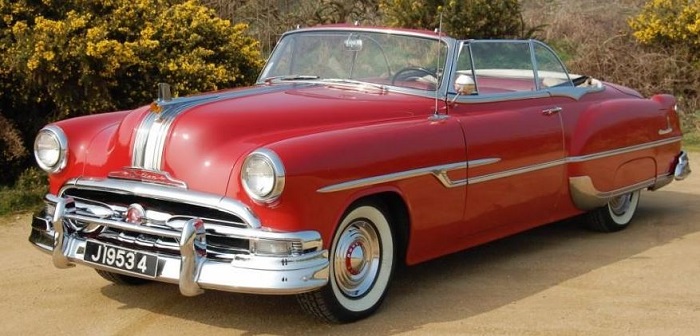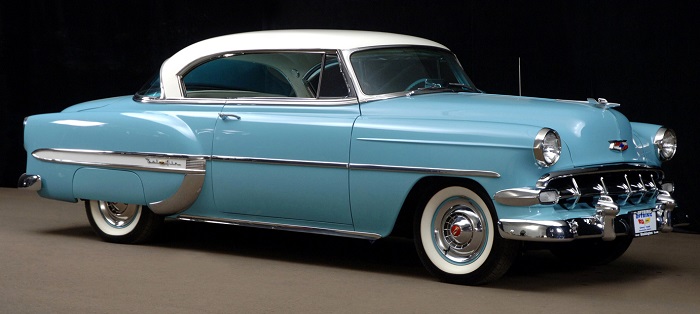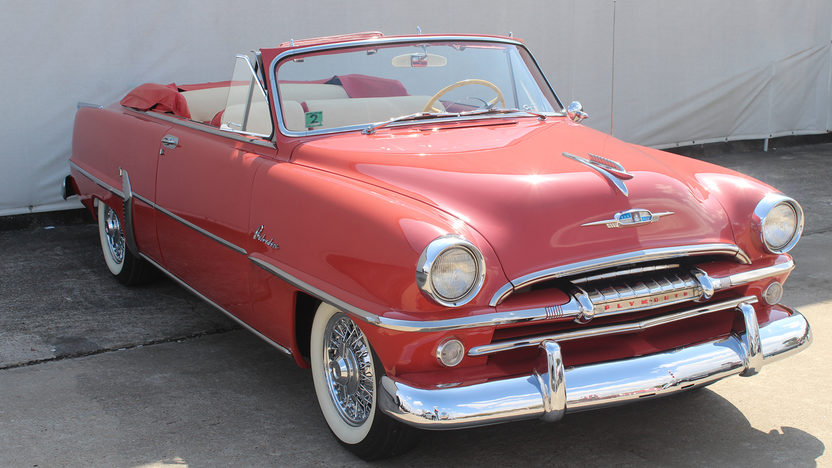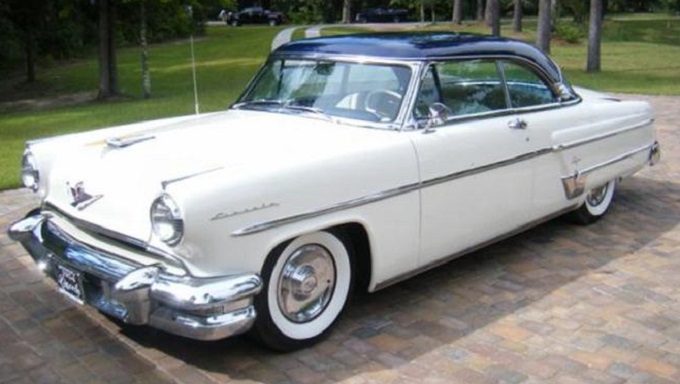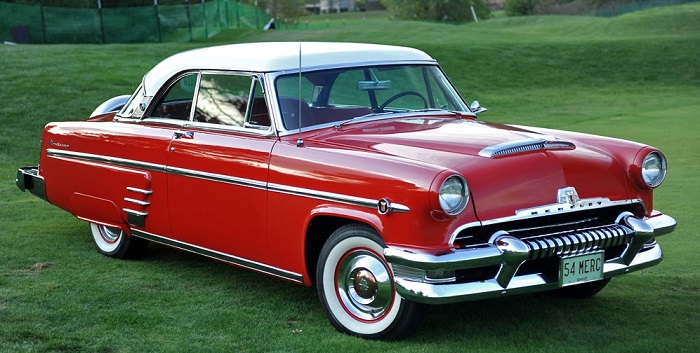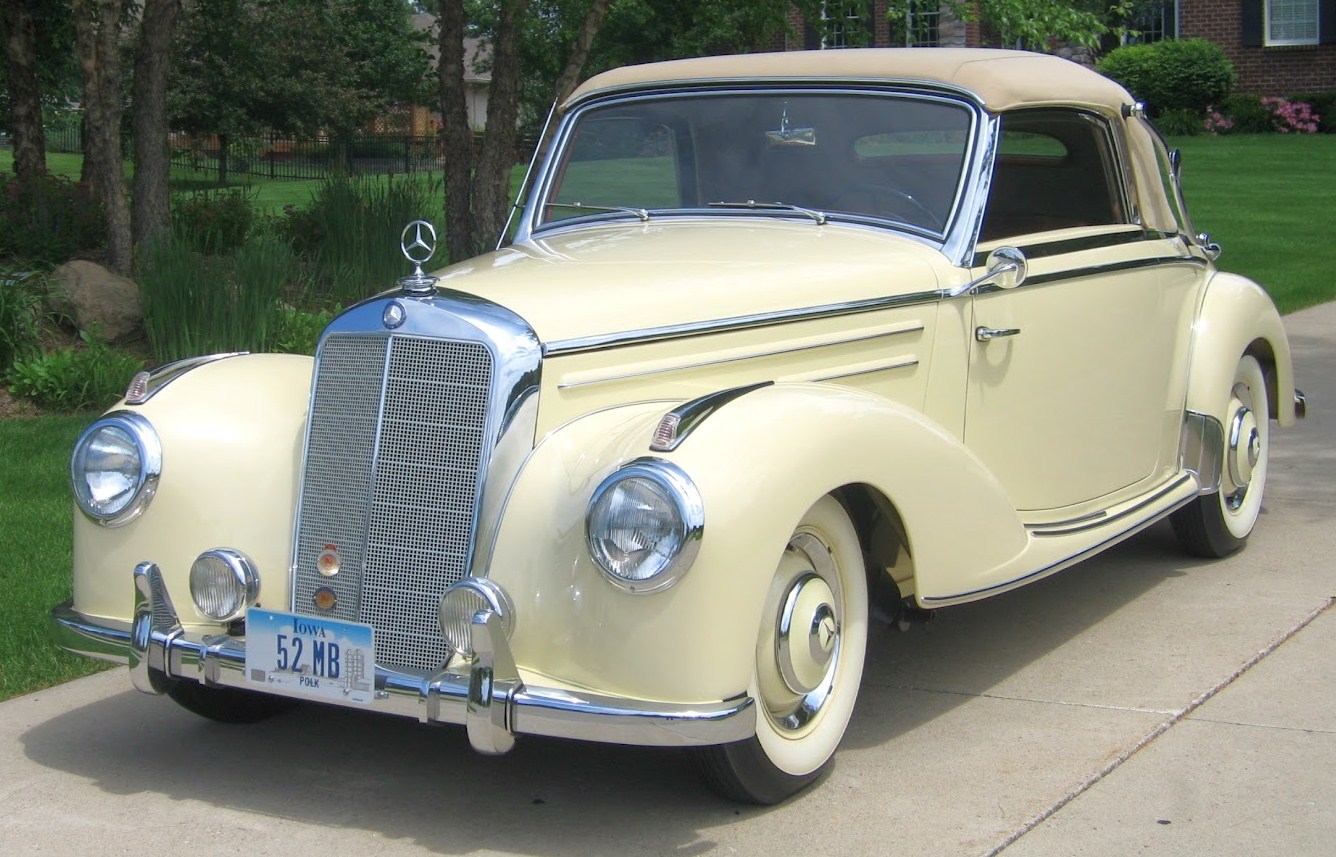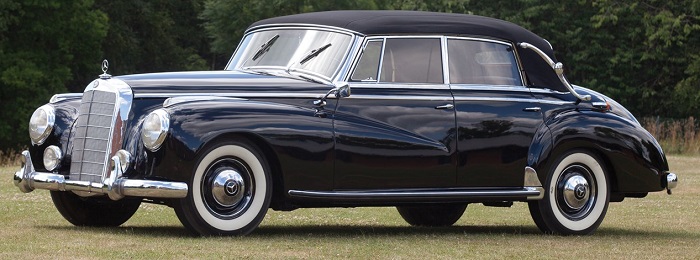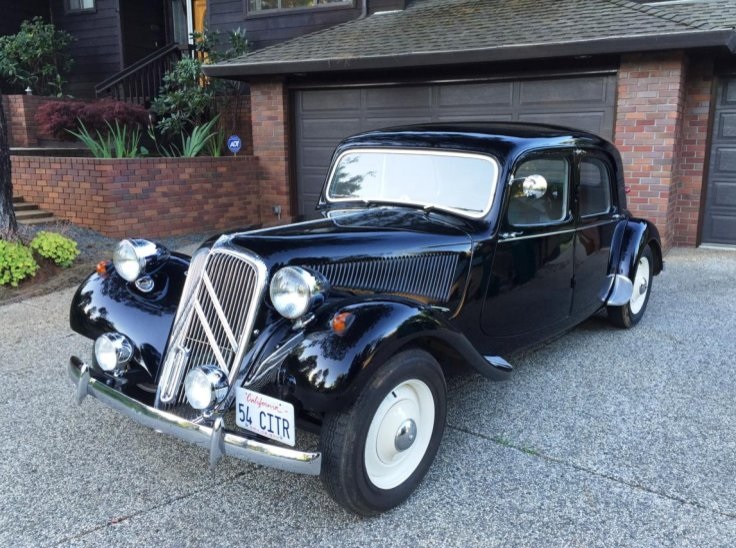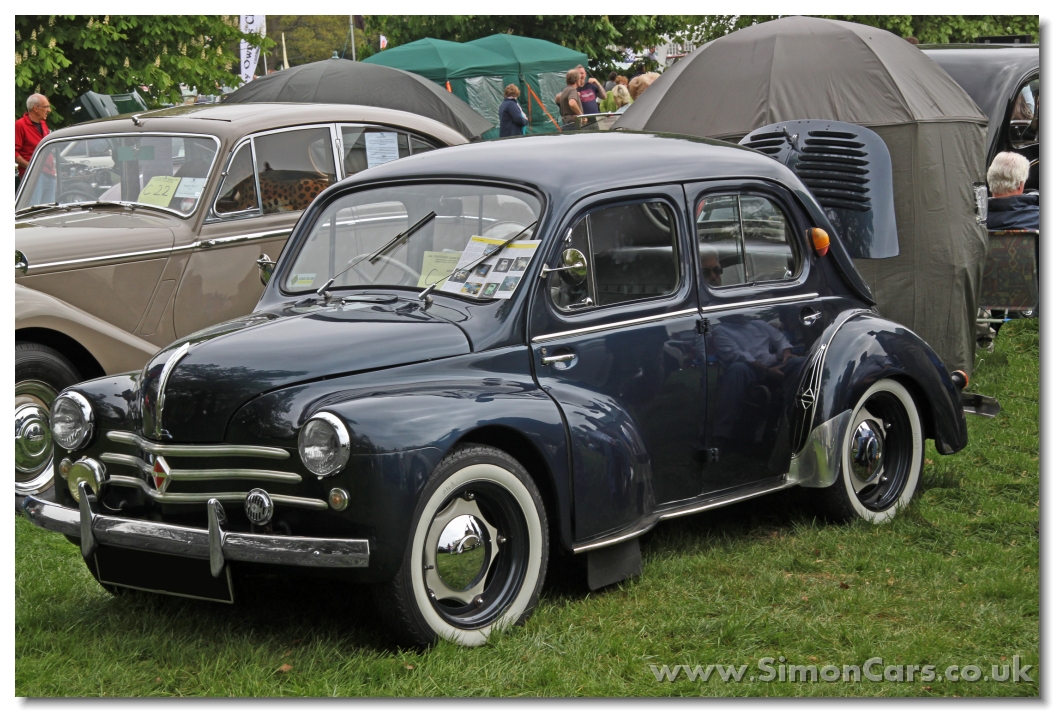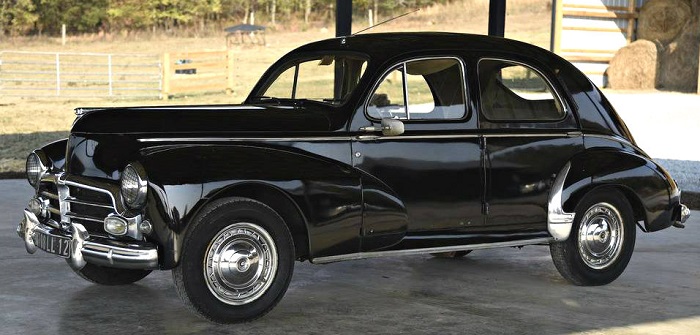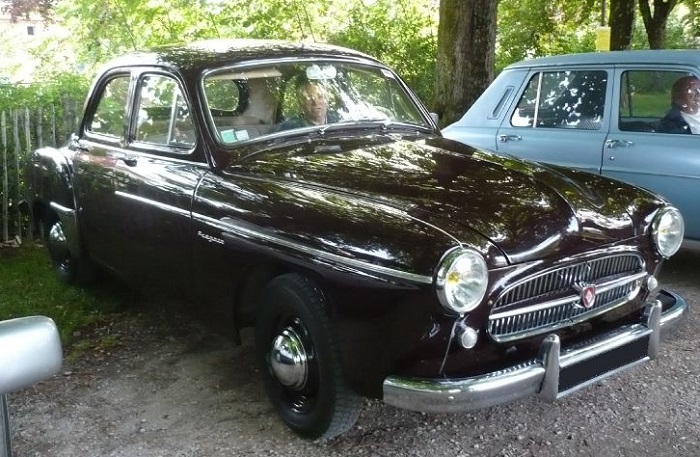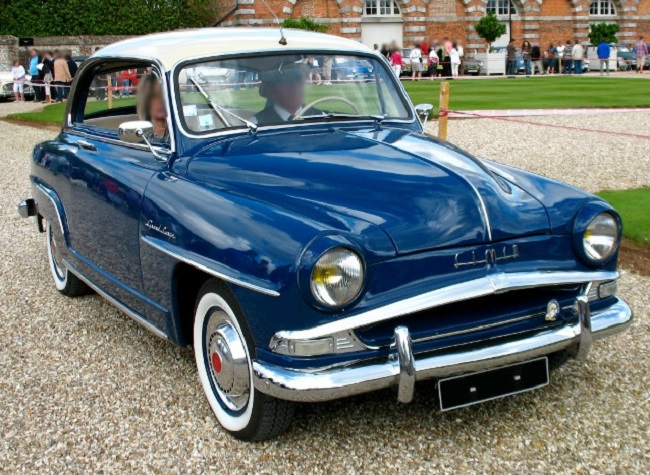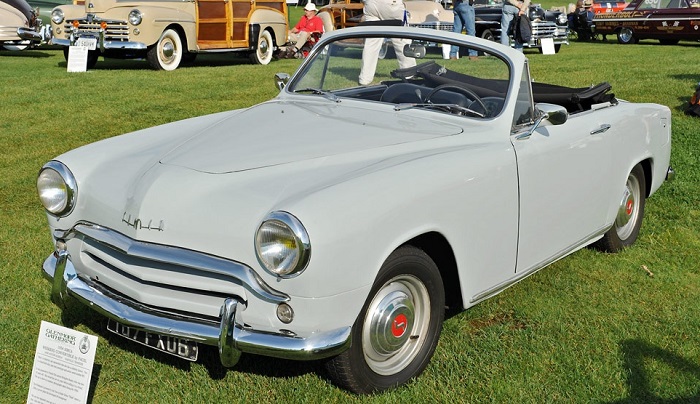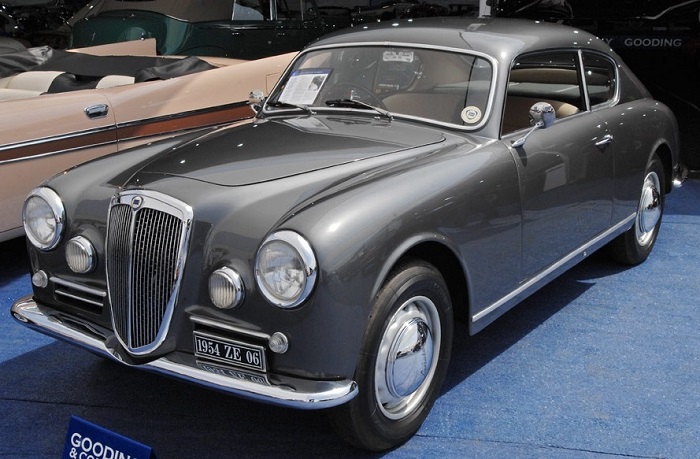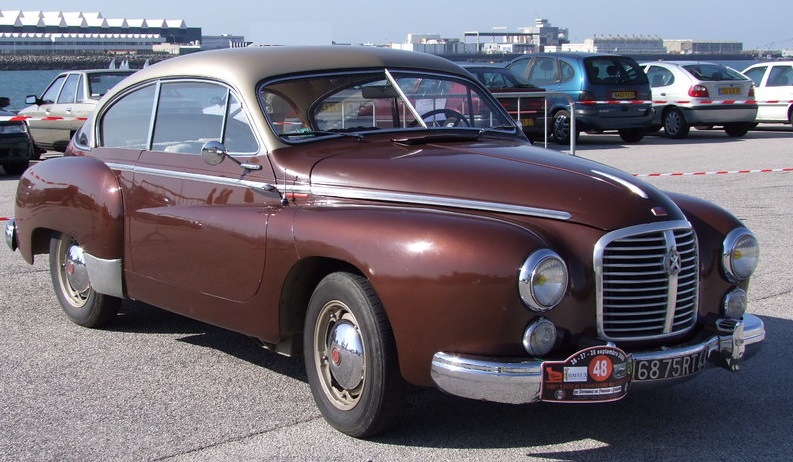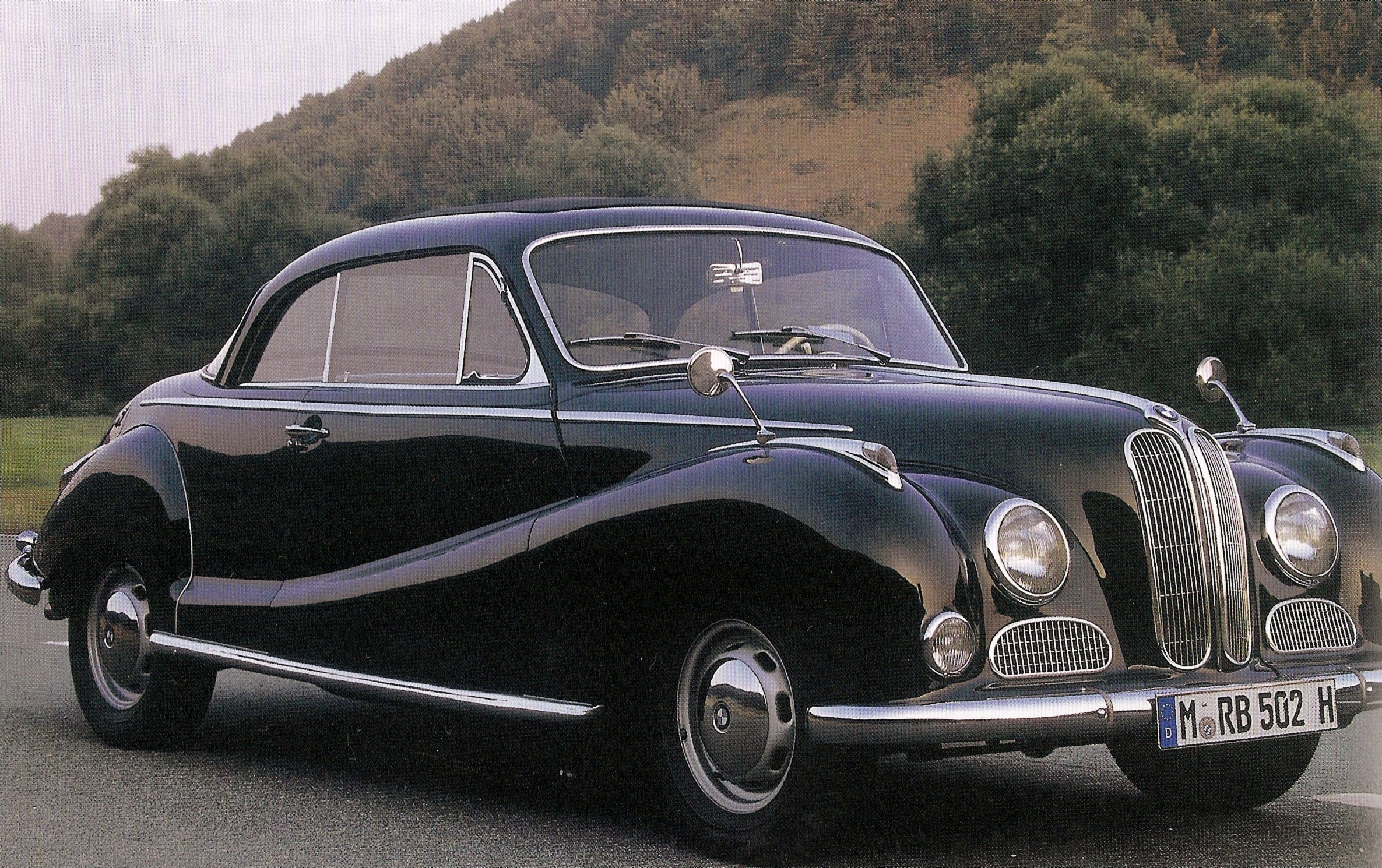Fresh on the heels of their long-term review of the Alfa Romeo Giulia (relevance to follow), Car&Driver has published what they consider to be The 15 Most Beautiful Cars You Can Buy Today, i.e. 2019 models, or earlier if unchanged. (Frankly, I opened the page wondering how they were going to come up with as many as fifteen, but never mind.) In alphabetical order, they are:
Alfa Romeo Giulia — No quibbles with that. We already know how unreliable it is, but beautiful? Si.
Aston Martin DBS Superleggera — Not much to argue with this one, either. As C&D admits, Aston knows how to make beautiful cars. Although I’m not that fond of this one: the grille is too big for my liking. I actually prefer the DB11.
BMW i8 — I have to agree with this entry. I saw one in London for the first time, parked in the street in Mayfair (duh), and I actually stopped in my tracks to marvel at it. (I know it’s an HO car, but we’re just looking at the skin, remember.) And let’s be honest: since the 850i, has BMW had any models on a “most beautiful” list?
Bugatti Chiron — This one, I think is pig-ugly. Whoever picked the Chiron was seduced by the Bug’s performance, and let that pull it onto the list.
Infiniti Q60 — Wait… a Japanese car on a list of beautiful cars? Even more surprising is that I agree. I see them around here in Plano, and they always get a second glance.
Jaguar XJ — As with Aston Martin, Jag makes lovely cars (with the notable exception of the foul Ford-inspired S-type of the early 2000s).
Kia Stinger — As C&D says, if you didn’t know it was a Kia, you might vote for it too.
Lexus LC — For Lexus (who are trying hard to equal Ford in the Most Boring Design stakes), the LC is a peach. The fact that it can also out-drag a Kawasaki just makes it all the more memorable.
Mazda 3 — I like these cars, even though the protruding nose thing (started by Mercedes) is a little over the top. Still, the Mazda 3 is probably the best-looking of all the hatchbacks (scant praise).
Mazda MX-5 Miata — I prefer the earlier model shape (true of just about all my car preferences) which was flatter and more true to the British roadster type that the Miata was copying, but the new model isn’t too bad. (I prefer the Fiat 124 version, but you all knew that.)
Mercedes-Benz S-class Coupe — I dunno. Mercs are more handsome than beautiful, but I have to admit that the new Coupe is quite sexy, especially when compared to their usual 4-door limos.
Porsche 911 (992 body) — Maybe I’m just prejudiced, but I just don’t see how any Porsche can make a list like this, with the possible exception of the Cayman.
Rolls-Royce Wraith — No. Just… no. Rollers have always been stately, not beautiful cars. And the latest incarnation of the Rolls looks like something from a 1990s-era Batman TV cartoon series. Even the Wraith looks good only because they copied the Bentley shape (again).
Volkswagen Arteon — Hmmmm. As much as I liked the VW CC (their proposed “Audi-killer” that didn’t), I’m a little iffy about the Arteon…. actually, no. The Arteon doesn’t even look as good as the new Toyota Camry coupe.
Volvo V90 — I don’t know if I could call any Volvos beautiful, as such. But I will grant that the V90 is quite striking… for a station-wagon.
Actually, the car most egregiously passed over by C&D is the Bentley Continental, which is so much more beautiful than almost all the above.
Also, some may wonder why there are no Ferraris on the list. I’m not surprised: the new Ferraris are hideous, by their own standards let alone empirically. The Portofino wasn’t nicknamed “The Joker” by accident…
Noticeable by their omission on C&D’s list: any American cars. Feel free to nominate your 2019 Murkin choices thereof in Comments. (Anything with “Cadillac” in its description will be ignored if not roundly mocked.)

